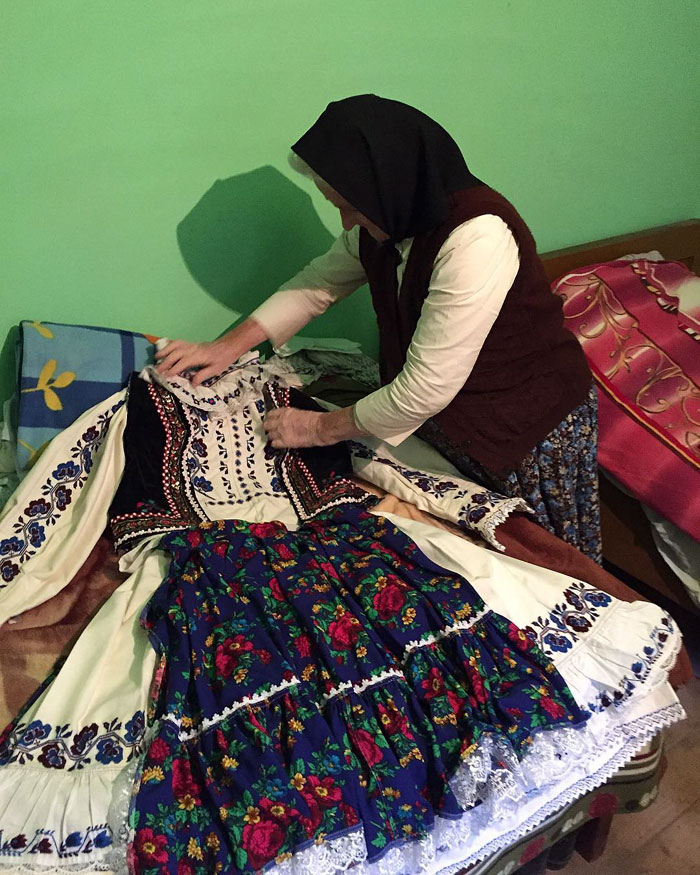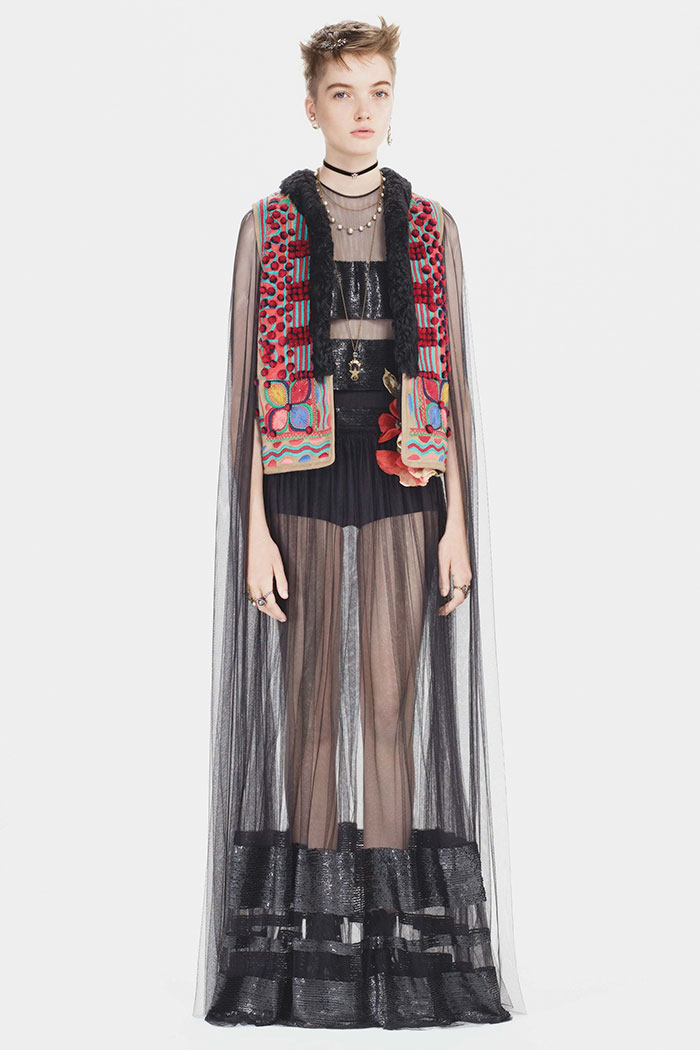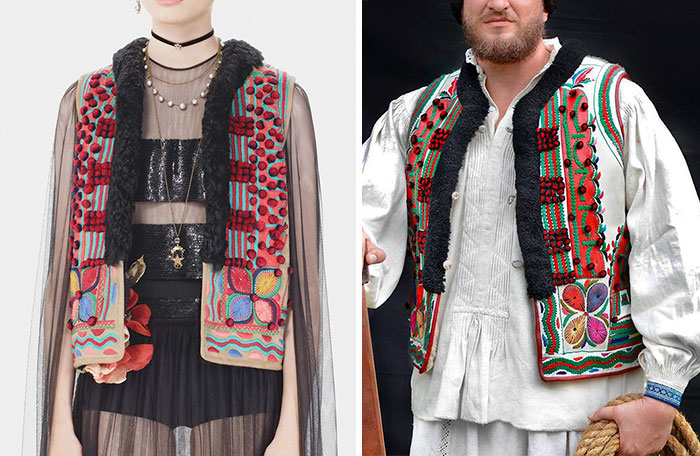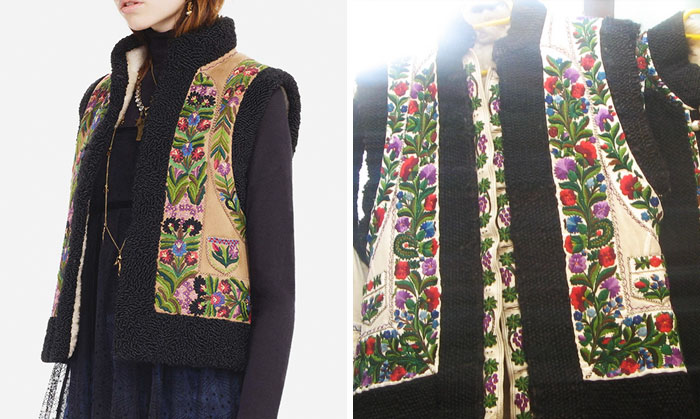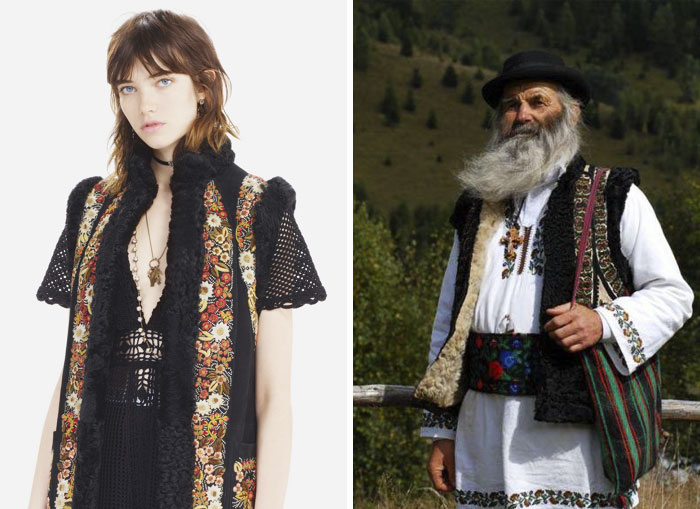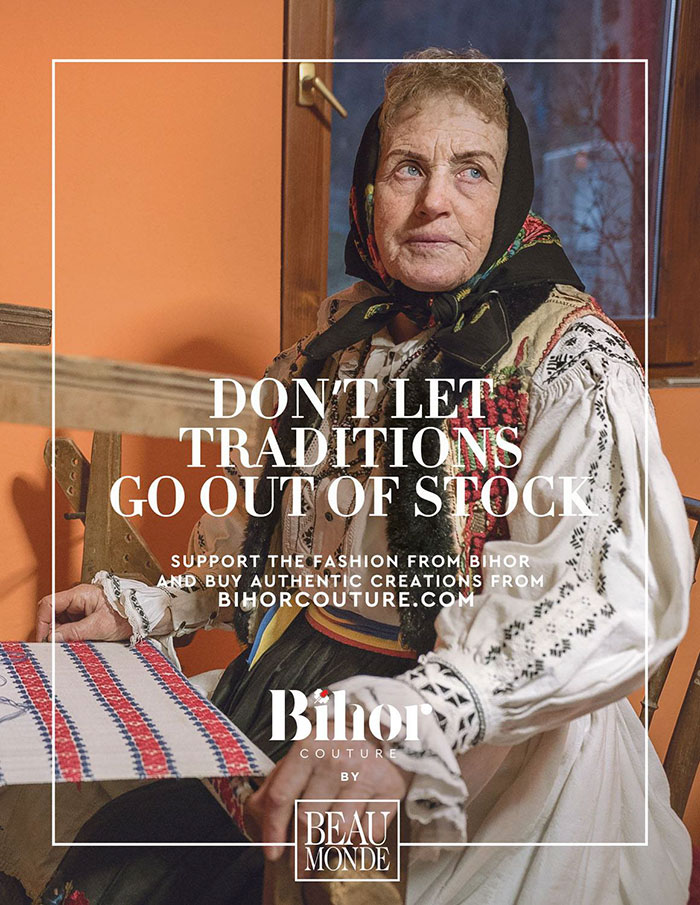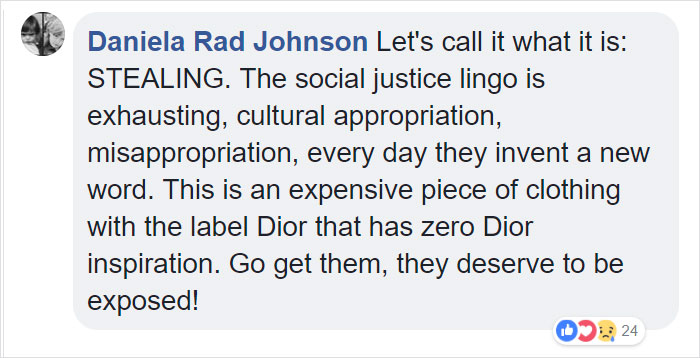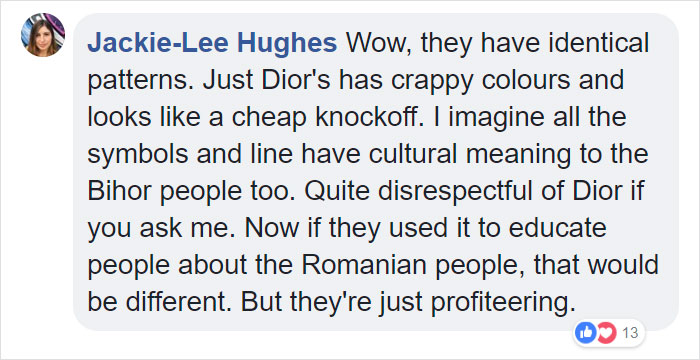Lily Burana
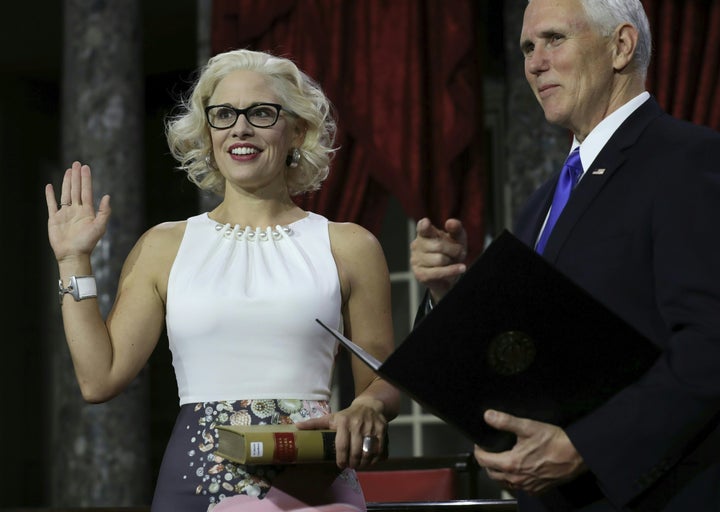
Sugar and spice and everything nice: That’s what femmes are made of.
Femmes, that is to say feminine-of-center LGBTQ folks, are also made of power, determination and now, with the swearing-in of Sen. Kyrsten Sinema (D-Ariz.), senatorial gravitas.
Sinema is the nation’s first openly bisexual senator and only the second out LGBTQ senator. Mainstream media is fizzing, like a freshly popped bottle of prosecco, over Sinema’s super-femmey swearing-in ensemble: a pearl-trimmed white sleeveless top that featured her gloriously toned arms, and a floral-print wiggle skirt, a gray furry stole, glitter-dotted handbag and 1950s film noir waves in her hair. And to keep her warm in the Washington chill? A pink overcoat. The look was Sen. Rita Skeeter. It was “Elle Woods Goes to Washington” meets “The Girl Can’t Help It” — a fashion turn that was unforgettable in its audacity.
This isn’t the first time Sinema’s clothing has created a stir in politics. Before this swearing-in slayage came “Tutu-gate”: Sinema’s rival in her race for this Senate seat, Republican Martha McSally, ran a campaign ad that referenced Sinema’s choice to attend an anti-war protest event in a pink tank top and tulle skirt. “While we were in harm’s way in uniform, Kyrsten Sinema was protesting us in a pink tutu and denigrating our service,” McSally said. “We need strong leaders who understand the threat and respect our troops. Kyrsten Sinema fails the test.” It was an attempt to make Sinema seem both unpatriotic and lightweight.
Queer style comes in many forms, from Hannah Gadsby’s professorial soft butch styling to Lena Waithe’s full-on stud couture. Style is how we make ourselves known, a way of signaling to other members of the tribe, if you will. Sinema’s swearing-in look can best be described as high femme: a hyperfeminine appearance with all the trappings, like nails, hair and high heels. Think Janelle Monáe at the Met Gala. That’s high femme. That Sinema chose to show up not just in a femme look, but a high femme look is significant.
Why does it matter? Because representation matters. Visibility matters. Setting an example and breaking barriers matter. Sinema is sending a message: Women in power can stop denaturing themselves in order to be taken seriously ― or to assume even more power. We don’t need to resign ourselves to boxy suits, sensible flats, or shellacked helmet hair to exhibit maturity and credibility. The outfit was like a dare: Dismiss me at your peril. Femmes are a force of nature, and every time one shows out to let everybody know, it matters.
From the baubles on the toes of her shoes to the screen siren set of her hair, Sinema’s look was a subversive flaming arrow fired over the bow of the stodgy Beltway ship. The pink coat, with its nod back to the pink tutu imbroglio, and the exposed biceps, a stark defiance of the Capitol Hill dress code that insists women cover up their arms, powered that arrow with a “fuck you” thrust. The outfit was composed of bold statement pieces, and the entire ensemble was itself a bold statement: I’m here, I’m a femme queer, get used to it.
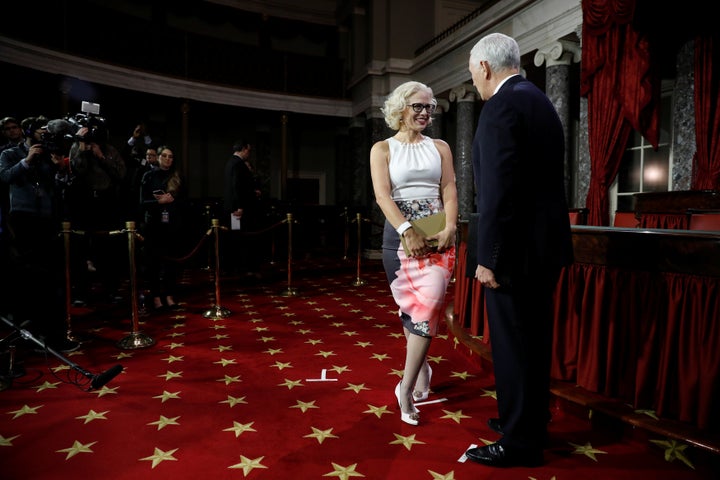
Of course, the nattering nabobs of social media might be annoyed that so much attention should be given to fashion: I can’t believe you’re talking about her outfit. Let the woman do her job. But that’s part of Sinema’s statement: I can wear this outfit and do my job. Far more than men, women in politics are scrutinized ― and criticized ― for their likability, their mannerisms, their personal lives and, especially, for their appearance. Let us not forget that on the same day Sinema was sworn in, The New York Times deleted what it called a “poorly framed” tweet about House Speaker Nancy Pelosi’s dress. Which was, you guessed it, pink.
But the naysayers were outnumbered by fans and stans, who remarked on the outfit with a mix of admiration and wry humor. Culture writer Constance Grady praised Sinema’s outfit as “weaponized femininity,” which is about the most economical definition of femme I’ve ever heard. Another journalist, Mary Emily O’Hara, described the look as “first-ever Mamie Van Doren cosplayer in congress.” As a femme of long standing, it meant a lot to me to see a grown-ass girl’s girl show up with swagger, fully in possession of her faculties and her fashion sense. It was a thrill to see Sinema seizing the gendered sartorial scrutiny and having a bit of fun with it, femme-style. I would say she inspired me to order a faux fur of my own, but I already own six.
For Sinema to stress her bisexuality, and her femme-ness, is not just a matter of political expediency but also of posterity. Because bisexuality is so often overlooked, discredited and erased, if it’s not constantly affirmed and referenced, it easily becomes out of sight, out of mind. If you’re cis-femme, especially, “heterosexual” sidles up as the default assumption. Sinema ― who is cisgender and femme and bi ― is declaring herself in word, in deed and in fashion.
Every femme moves through the world knowing that each day she must smash through the false dichotomies of femininity vs. credibility, of style vs. substance. She has to step over the stereotypes and erroneous assumptions about what a queer woman looks like. And then she has to, you know, get down to her actual work. Sinema rose to that challenge in an unforgettable way. She did it guns-out. She did it in pink. She did it in fun fur. She did it wearing sparkly shoes and carrying a polka-dot purse. She did it. Viva la femme.
Lily Burana is the author of four books, most recently Grace for Amateurs: Field Notes on a Journey Back to Faith.

